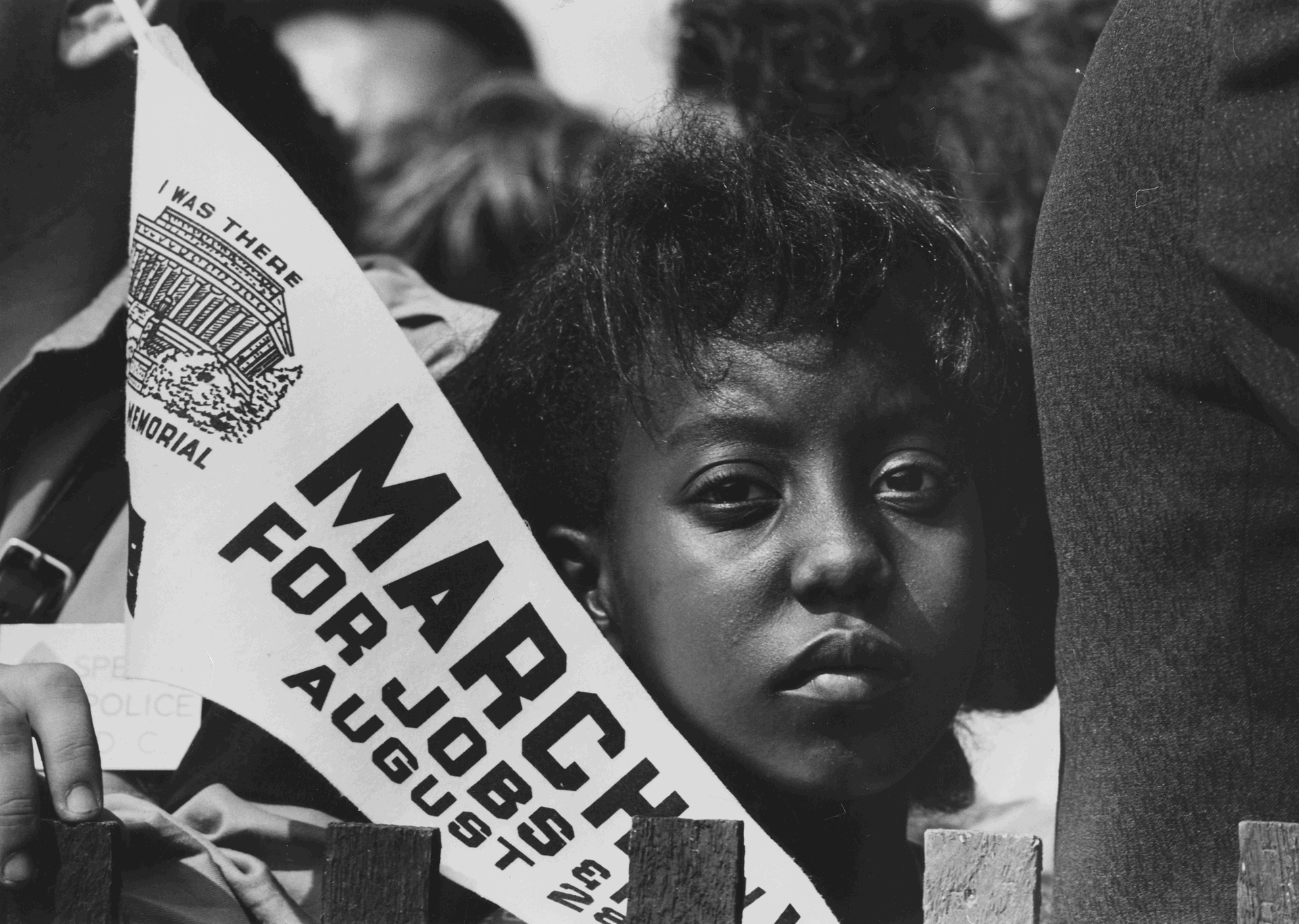I went to Dana Schutz’s exhibition at Cleveland Museum of Art in the late January and attended the interview of Dana Schutz by Nell Painter, who is a historian and a painter. The issue they specifically discussed was associated with a particular painting, Open Casket (2016), which depicts a disfigured Emmett Till lying in the casket. Historically speaking, Emmett Till was lynched after a white woman insisted that she was offended by Till. In the conversion between Painter and Schutz and in tandem with various articles that discuss this issue, I have to acknowledge and be aware of the fundamental tension that lies in the core of the racial problem.
The problems of this painting that generate a monolithic dissent to it mainly reside in two aspects: a white woman paints a black issue, and the portrayal of a black man is abstract. Various activists went to the show and called the work to be removed, or even destroyed. Among them, Hannah Black wrote a letter to the museum, in which she argues that the painting is evidence of white insensitivity; that “a painting of a dead Black boy by a white artist” cannot correctly represent white shame.
In my eyes, Hannah Black relies on the wrong notions of cultural property and generalizes the meaning of the work to cultural producers and consumers on the basis of race. This issue came back to me again when I read the interview with Judy Richardson, conducted by Emilye Crosby, during which Richardson discusses the dilemma of white women trying to get involved in the civil rights movement. Here again, the fact of Dana Schutz, a white woman, trying to demonstrate the brutal reality that happened to a black man becomes paradoxical.
In brief, the attempt by a white female cultural producer to represent racial issue through the expression of black pain should not be viewed as malicious. Instead, the effort of achieving racial equity and reciprocal comprehension by any people should be recognized not by their gender or race, but by their intentions.

I agree with your conclusion that her intent should not be viewed in a malicious manner. Though, I do believe that it is important for any artist to consider how the world will interpret your work. This does not mean altering an original idea. When using history in art this even more important especially when the content is a sensitive as the Emmett Till Case. This case has become more sensitive over the last couple of years. 60 years after the unlawful murder and unfair trial Carolyn Bryant Donham comes out and says that her interaction with Emmett was a lie. This lie caused an innocent boy his life. This lie was enough to justify a young Black American boy’s murder. Then, simultaneously the painting is released and Carolyn tells the world she lied. This causes a bad memory to be thrown back into your face. But, this memory left the black community with no answers now and this an extremely vulnerable space for anyone. What everyone has believed to be a injustice turned out to be a lie that caused someone their life.
I believe that this is important to consider when viewing the reactions from others. I do not believe that painting to should be removed or destroyed but partnered with an accurate description of what the truth is so this history doesn’t become white-washed as well.